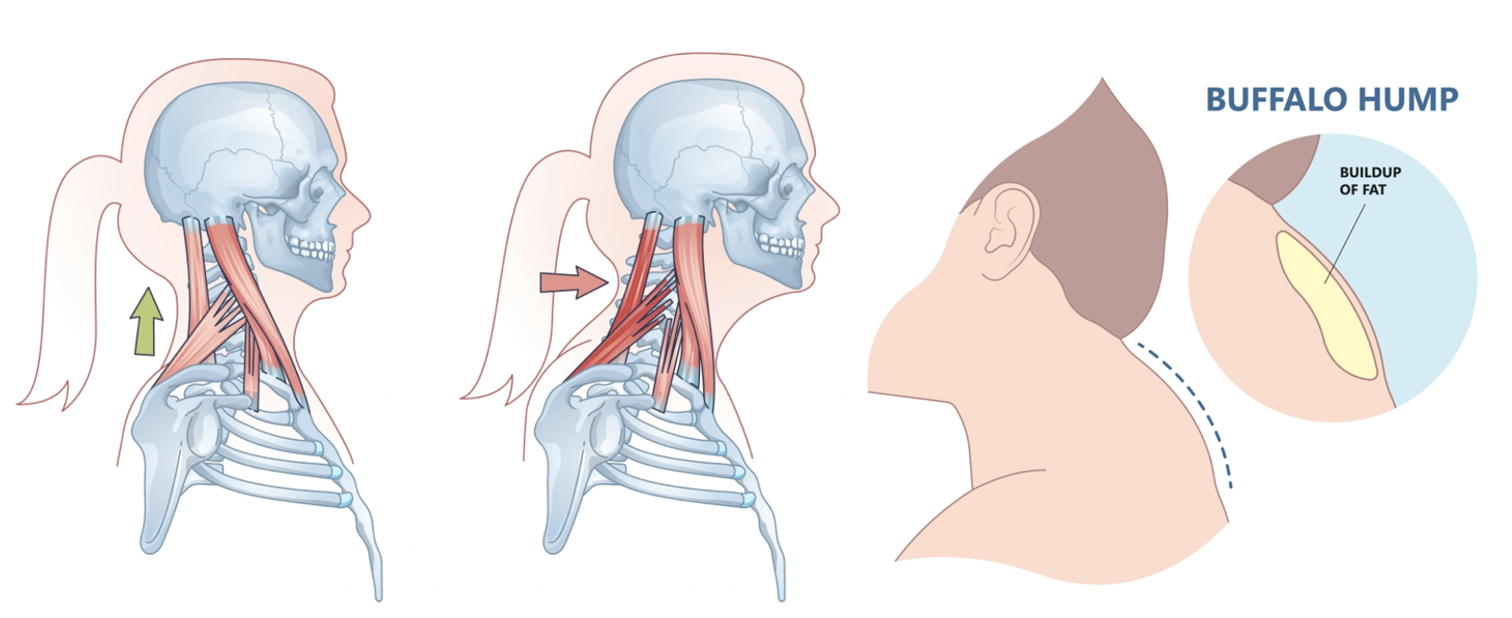In the clinic, I like to observe the gait, the way patients walk, the way they sit and stand, and how they move. It is most often the patient’s habits, or their posture, that cause the patient’s problem. I find that forward head posture contributes to many of the symptoms I encounter in my clinic these days. In this article, I’ll explain what forward head posture is, why I’m concerned, and how to treat it.
What is a forward head posture?
As the head is pushed forward, muscles in the neck and upper back are strained. Misalignments can occur for a variety of reasons, including prolonged screen time, poor posture, muscle imbalances, and aging.
How does forward head posture contribute to many symptoms?
Strain on neck muscles and joints causes neck pain and headaches. Muscle imbalance, especially in the neck and jaw. It can affect the muscles controlling the jaw, resulting in Temporo-mandibular Joint (TMJ) disorder. A forward head posture can also compress blood vessels and nerves in the neck region, resulting in dizziness and balance problems. It can affect the respiratory system as it restricts the ability of the rib cage to expand completely during inhalation. It also causes dizziness, brain frog and fatigue due to a decrease in oxygen intake.
How do I work with it?
❤️ In assessing the patient and taking their medical history, if I see this is contributing to their main complaint, I will use acupuncture to target the muscles involved. Acupuncture not only relieves muscle tension, but also strengthens weak muscles. Often, I find that forward head posture develops Dowager’s hump or Buffalo hump – an irregular curvature of the upper vertebrae and a mass of tissue at the base of the neck. It is also important to work on this segment in order to restore better spinal segmental motion.
In addition, I often give my patients more detailed explanations. As I explain how muscle imbalances can affect their health, I discuss ways to help themselves through good posture, ergonomic setups, and corrective exercises.



